Today’s post is inspired by a reader question that came in from Adam. Adam wrote:
I’ve been researching lacto-fermentation and I have found that some recipes call for whey from live and active culture yogurt, but some people are just adding salt and calling that lacto-fermented.
Can you help me understand why adding the whey culture is important and why some people don’t add whey but still call it lacto-fermented? I’ve read a few ebooks and watched several videos on the matter and haven’t found anyone that explains it.
Great question! And a surprisingly common one, thanks to a quirky mix-up of the language.
Let’s start out with the most important part: you do not need yogurt whey to lacto-ferment vegetables. Ever. At all. There are some situations where whey or another starter culture might help your ferment, and I’ll cover those in a bit, but whey isn’t necessary for vegetable fermentation.
So to answer your question: why is adding whey important? It isn’t. If, in a specific recipe, whey is called for, it might be needed for that recipe, but I guarantee there are ways to modify that recipe to remove whey from the ingredient list if you want.
Lacto-Fermented: What’s In A Name?
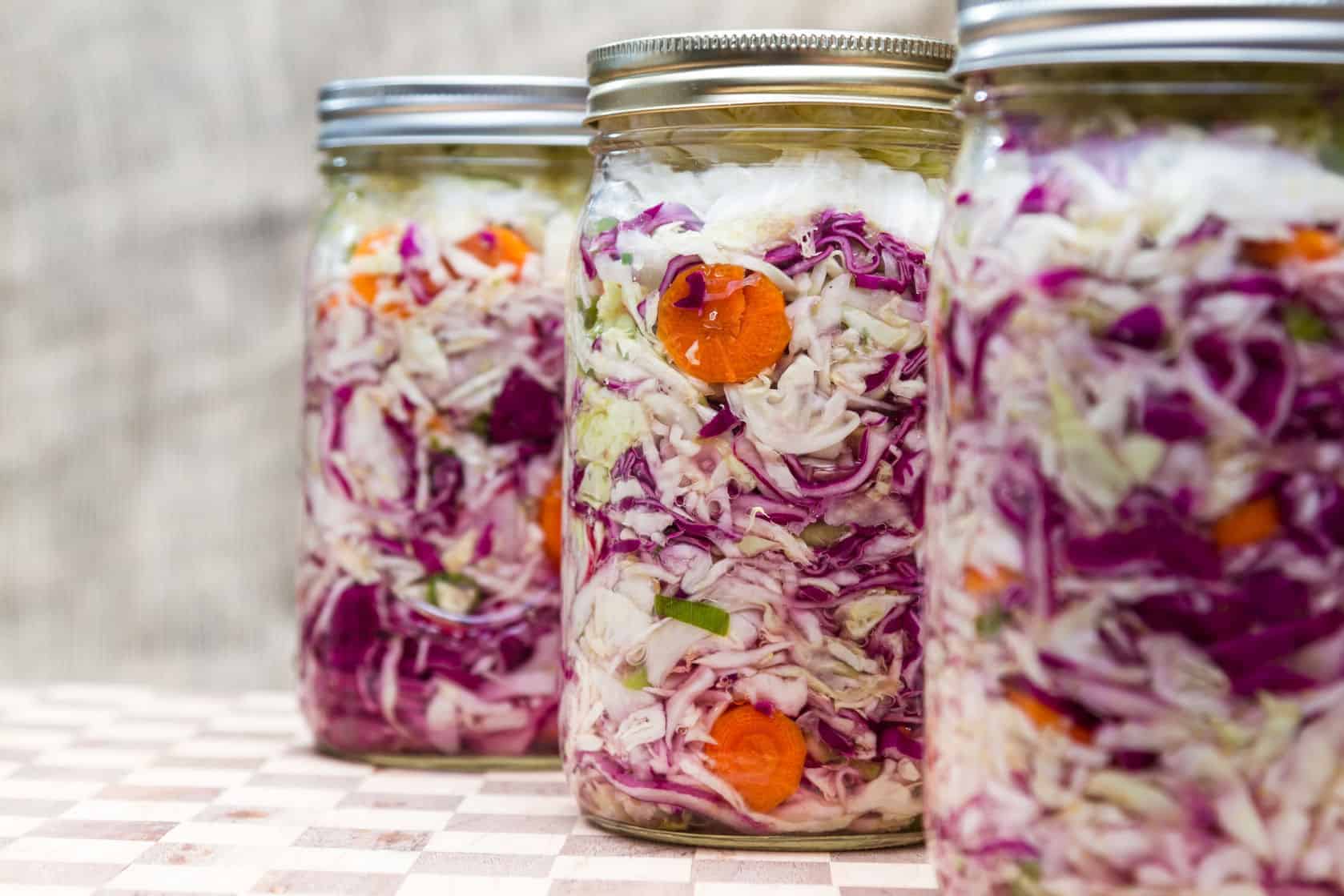
Now onto your question about why people can call ferments made without whey from a dairy product lacto-fermented.
The “lacto” in this case comes from the name of the beneficial bacteria that preserve lacto-fermented foods, not from the addition of a dairy component in the the recipe.
These bacteria are called “Lactic Acid Bacteria.” They make lactic acid as a byproduct of eating carbohydrates. Nearly all of the microbes we want to encourage in lacto-fermentation come from this family.
The most famous bacteria group from within the Lactic Acid Bacteria family (but by no means the only bacteria group important to fermentation) is called lactobacillus. You have probably heard the term lactobacillus before – this particular bacteria group is often mentioned in the marketing for products like yogurt.
Lactobacillus – literally “Milk Rod-shaped Bacteria” – have that name because they were first identified as the bacteria that sour milk. But wait! Lactobacillus are not limited to a milk diet. There is some member of the clan that has evolved to happily chow down on almost any form of simple or complex carbohydrate and convert that carbohydrate into lactic acid.
In short, the lacto in the term lacto-ferment refers to lactobacillus, not lactose. While lactic acid bacteria named after milk are necessary for a successful lacto-ferment, adding a dairy component to vegetable ferments is not necessary.
The LAB microbes including lactobacillus exist on any fresh vegetable. They are ubiquitous in the environment. They are already everywhere, just waiting for the right opportunity to start eating carbs and making lactic acid. You don’t have to do anything special to introduce them.
In conclusion, people who claim that whey or other dairy starters are necessary to ferment vegetables or to call such a fermentation “lacto-fermented,” are wrong. You have my permission to ignore them.
The Role of Lactic Acid Bacteria in Fermentation
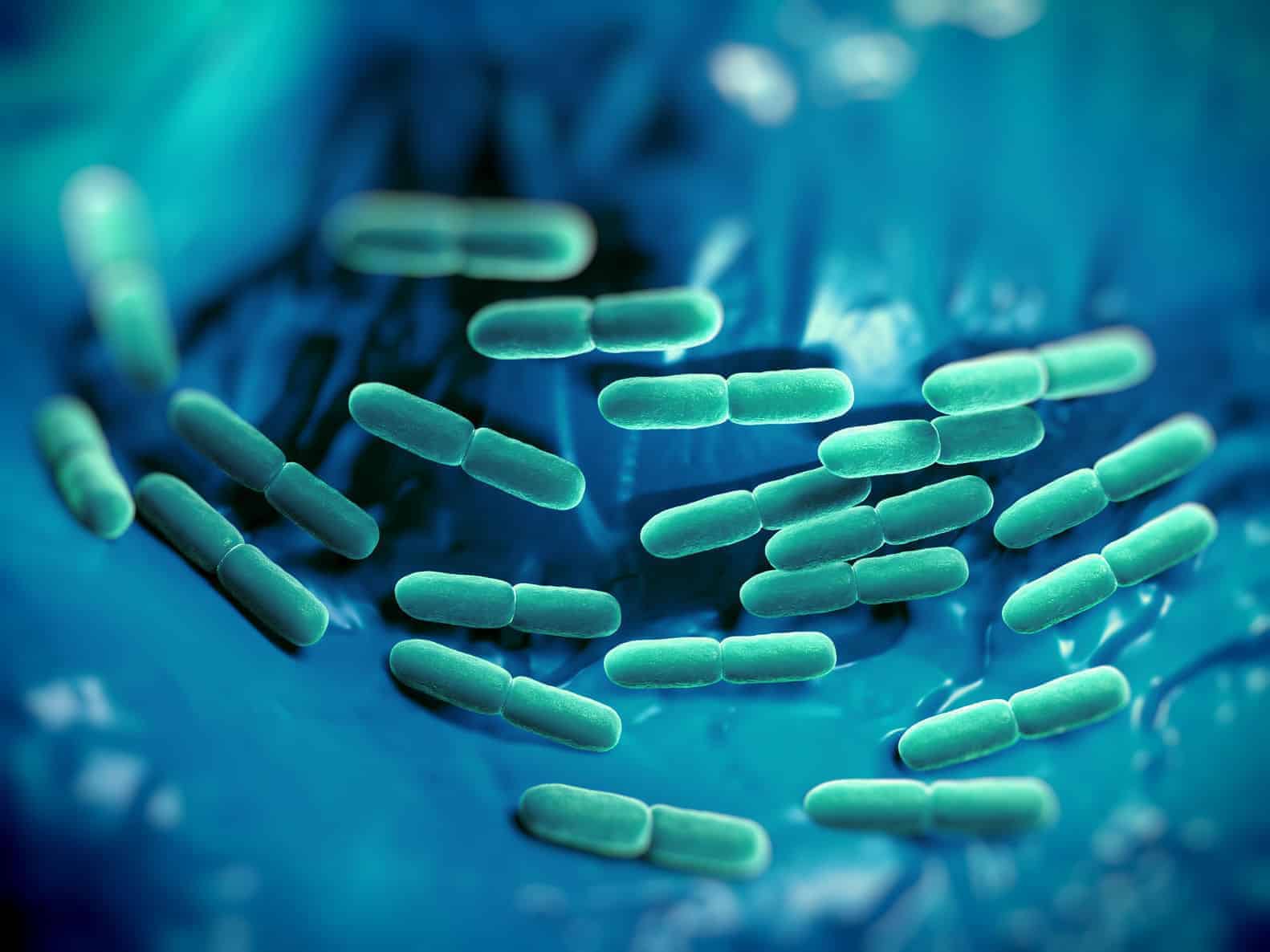
In the right conditions, Lactic Acid Bacteria including lactobacillus eat sugars – simple or complex – and make lactic acid as a byproduct. This excreted lactic acid is critical to the preservation of our fermented vegetables. As a vegetable ferments, the increasing quantity of lactic acid pushes the pH of the ferment lower and lower, preserving our vegetables through a natural form of lowered-pH pickling.
So what are these right conditions?
The metabolic process that results in the lactic acid we want is anaerobic – it takes place in the absence of oxygen. And Lactobacillus prefer to stay away from nasty corrosive oxygen, anyway. So excluding air from your fermenting vegetables is very important.
The lactic acid bacteria are also uniquely tolerant of a moderately high salt environment. Salinity levels where the LAB bacteria thrive discourage other, more harmful microbes.
Read More: How Much Salt Should I Use For My Fermentation?
In fermentation, our job is to set up an environment – oxygen free and moderately high in salt – where the natural lactic acid bacteria already on the vegetables will proliferate, grow, and rapidly dominate the microbial profile of the ferment.
Essentially the creation of the successful ferment is a byproduct of creating the right environment for the right microbes. The easiest way to do this is to submerge vegetables in a brine of the proper salinity.
Why Do Some Recipes Call For Whey In A Lacto-Ferment?
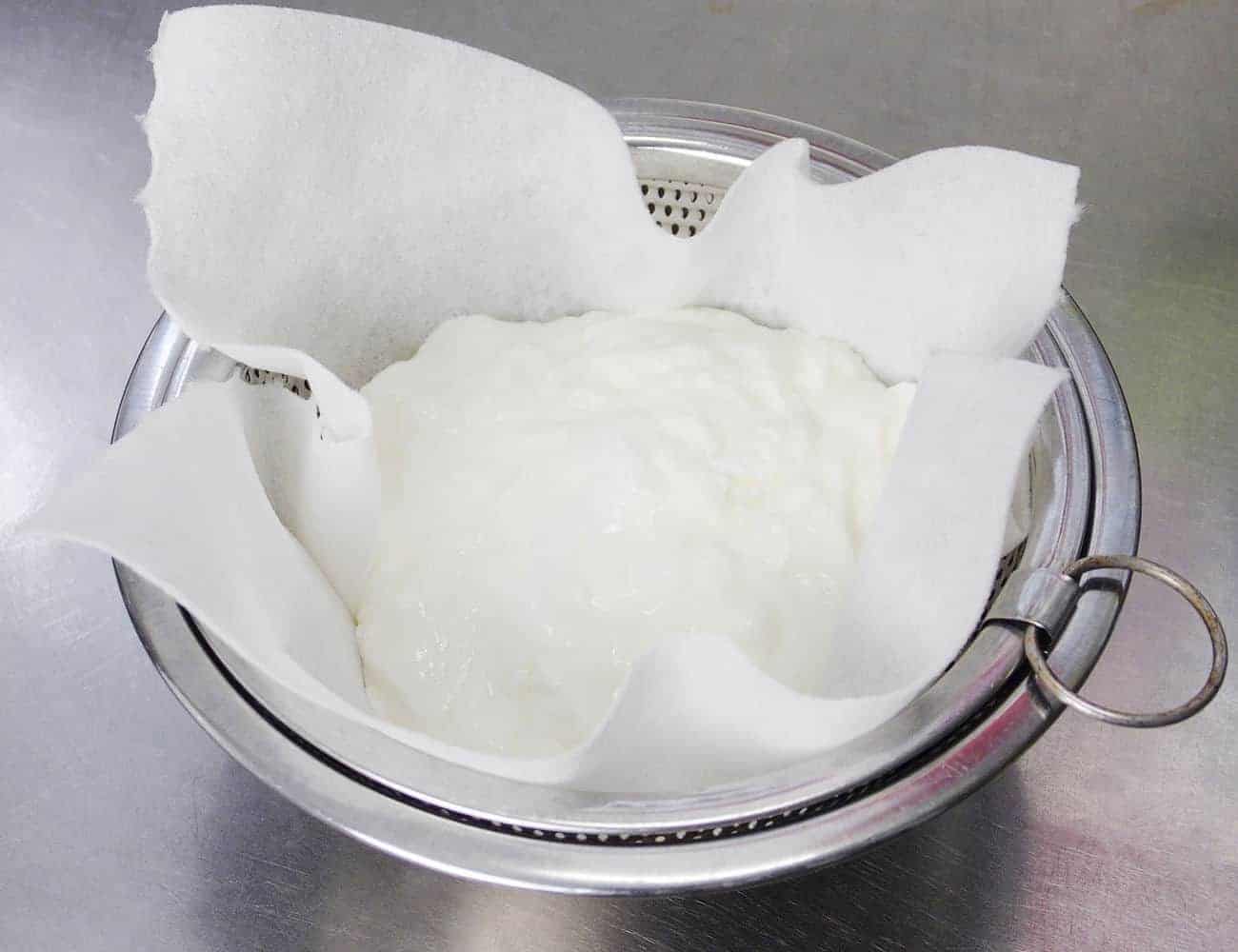
Active culture whey or other starter cultures are jump-starters, basically. If you use whey from a live and active lacto-fermented product like yogurt or a naturally fermented sour cream, you’re introducing a pre-grown, ready-to-go colony of billions of friendly, viable lactic acid bacteria to your ferment. This tends to make the ferment move a lot faster, and can help ensure you create an environment dominated by beneficial bacteria quickly.
Any homebrewers out there will understand this concept. It’s like the difference between pitching a packet of dry yeast into a carboy, vs growing out a yeast starter the day before and pitching that in. With an active, huge, bubbling colony of yeast, your fermentation in the carboy is going to start faster and stronger.
However, in the case of lacto-fermentation, faster isn’t always better. Many fermenters, myself included, have actually found that salt-only, slower ferments can lead to a better long-term texture and flavor in a ferment.
But, there are cases where you might want to jump start your lactic acid bacteria and give the whole thing a boost. If you are planning a very fast ferment, something that will be on the counter for just a couple days, a starter can be very helpful.
If you are fermenting something really thick and condimenty – like ketchup or chutney – adding that extra boost of lactic acid bacteria can be helpful because without a proper brine – either an added brine or a self-brine, the lactic acid will have a hard time colonizing the ferment.
And then there’s the issue of salt. You can reduce the salt levels in your ferment – down to about 1/2 the level you’d otherwise want – if you incorporate a big kicker of starter along with the salt. This is because, if you are already carpet bombing your ferment with the bacteria you want, you don’t have to worry quite so much about setting up an environment that favors ONLY the lactic acid, salt-tolerant bacteria.
Conversely, you can typically take any whey-inclusive ferment and adjust the salt in such a way as to no longer need that whey jump starter. For more information about exactly how much salt to add if you want to skip whey altogether, check out this article.
Final Thoughts On Using Whey In A Ferment

When it comes to adding whey to ferments, I really don’t anymore. I don’t think there’s much advantage compared to a salt-only ferment for 99% of the ferments I make, and I have come to prefer the texture and longevity of higher-salt, non-whey ferments.
In addition, I have become skeptical of how much benefit there is to adding dairy ferment starters to vegetable ferments, given that yogurt ferments at warmer ideal temperatures than vegetables. Personally, if I needed a starter culture for a tricky ferment, like ketchup, I would look to the brine from an already established, successful vegetable ferment (like traditional sour pickles for example) before using yogurt whey.
If you have a situation where a microbial power boost makes sense, and you want to use whey, please remember that to have any benefit at all, your whey must come from something like yogurt that is already lacto-fermented. There is absolutely no advantage to adding whey from a dairy product that isn’t already fermented.
For example, if you make fresh cheese you’ll end up with a TON of whey. I’ve seen recipes that call for whey from making ricotta to be added to lacto-ferments. This makes absolutely no sense. There are no additional beneficial lactic acid bacteria in whey from an unfermented, pasteurized dairy product.
Do you add whey to your lacto-ferments? Why or why not?
• • •
Share or Save For Later
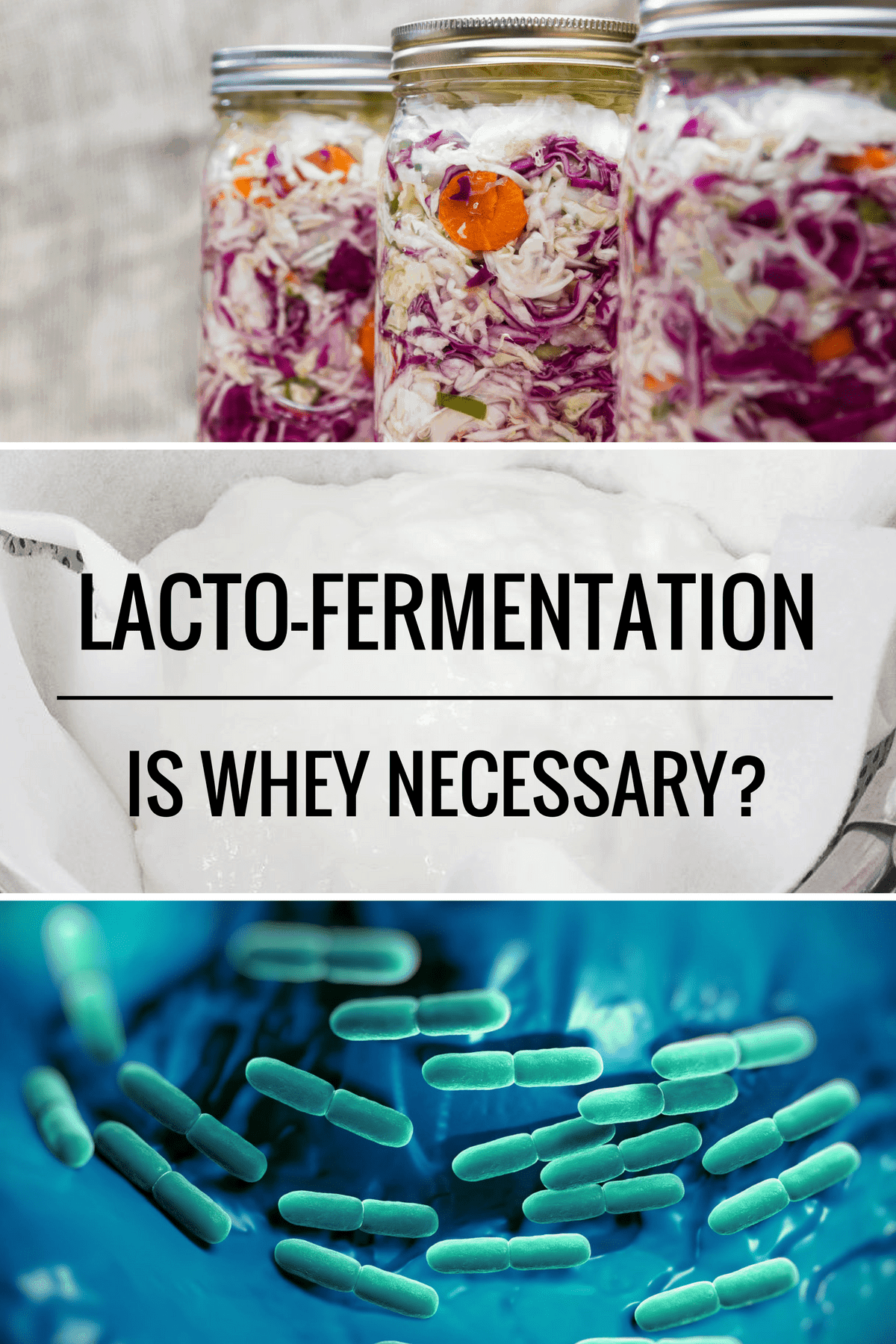
• • •
Want To Ask Me A Question?
It’s easy, and I love it when you give me fun things to write about! Just follow these steps to make it easier for me to answer your question:
- Send me an email with “Question for Erica” in the subject line.
- Ask your question in one or two sentences.
- Start a new paragraph and provide any additional details that are relevant to your question.
If your question has broad applicability and I can answer it, I’ll do my best to cover it in a post like this.
This question originally came to me in my recurring role as an Expert Council Member on The Survival Podcast. My Expert Council answers to productive homekeeping and food preservation questions can be found on selected Survival Podcast episodes.

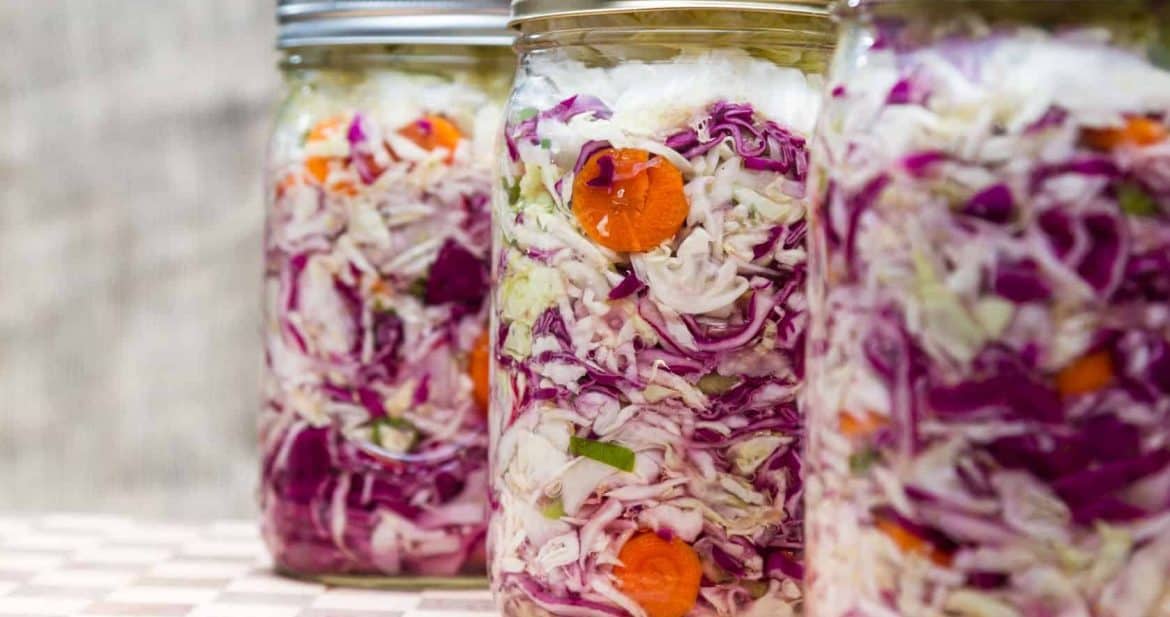
I just recently made your fermented salsa recipe (https://nwedible.com/lacto-fermented-salsa/ – delicious, by the way!), and a couple of my family members can’t eat it because it isn’t dairy-free. Is this a recipe that can be played with to make whey free? How much extra salt would I need to add?
Stacey, I’ve made lactofermented salsa w/o whey many times.
Nice! This and your ‘How Much Salt’ post are spot-on in my book!
I’ve used sauerkraut brine or pickle brine frequently in place of whey and to kick start a lot of different ferments – including salsas, ketchup, onions, sunchokes, and more.
I heard somewhere (was it Sandor Katz?) that the cruciferous vegetables typically/naturally have more colonies of the beneficial lacto-fermenting microbes than other vegetables, so a kick start might be recommended for the non-cruciferous veggies. Though your guide about the salt ratios should help loads with that, too. What an awesome help!
I’d tried just salt brine, no kick start addition, on gallons of onions (they were a huge bargain buy of garden fresh, uncured onions and needed preserving of some kind!) and quite a bit, maybe a third of the total, went off. Later, we tried again with a bit of sauerkraut brine to start things going in another set of onions, and none of those went off. (Though different onions and I’m not sure if the brine was saltier or not, unfortunately.)
Love your awesome info, as usual, Erica! Thank you!!
Do you still use whey or anything else with your fruit ferments–for example your cherry salsa? Just made a batch and did use whey, but I wondered if it was necessary, or what other starter might’ve worked. Salsa was amazing, as always 🙂
I really appreciate this post. I don’t do ferments (other than lemons, wine/beer/mead, and sourdough starter), but I’ve been suspect of the whole thing because of the obviously bad info I’ve heard. When one group is yelling one thing, and the other group is yelling the other, I tend to dismiss the whole lot until I’ve done some research. Now I don’t have to!
The internet does tend to be that way, doesn’t it?